Here’s a fun little art fact to file under things I can now casually mention at brunch to impress:
Blue used to cost more than gold.
Like, way more.
💎 Once upon a pigment…
Before the days of digital swatches and CMYK sliders, artists had to make their own paint. Which meant finding materials in the real world - plants, minerals, and sometimes wildly expensive gemstones. And one of said gemstones happens to be a color we all know and love: ultramarine.
This rich, deep blue comes from lapis lazuli, a stone mined almost exclusively in Afghanistan. It was hauled across continents, ground into powder, and purified to make paint. The process was so intense (and expensive) that ultramarine became one of the most valuable substances on Earth. In fact, it was worth more than gold by weight.
Yes, blue. That cool, calming color you used for your watercolor painting yesterday? It was once more precious than actual treasure.

Because ultramarine was so pricey, artists saved it for only the most sacred subjects. That’s why you’ll often see the Virgin Mary draped in flowing blue robes in Renaissance paintings. Not because blue was “her color,” but because of establishing status.
Basically, blue was the original flex.
Synthetic ultramarine
Eventually, in the early 1800s, chemists developed synthetic version of ultramarine that looked just as luminous without requiring crushed gemstones and a team of sad and hot donkeys to transport it. Artists everywhere almost certainly did a little happy dance because finally, the blue of royalty was accessible to everyone.

Why we love the ultramarine blue bombshell
- It reminds us that color has meaning and a history (this color book is my favorite to get lost in)
- It’s a reminder that what’s common now might’ve once been wildly out of reach
- And it’s proof that art has always been full of secret stories, hiding in the very materials we use
So next time you use this vibrant blue hue - whether it’s in a tossed floral repeat or a moody gouache wash - know that you’re dipping into the modern result something ancient. Something coveted. Something that once cost more than gold.
Want more juicy art nuggets like this?
Stick around. We love a good pigment scandal.






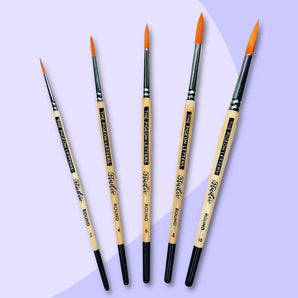
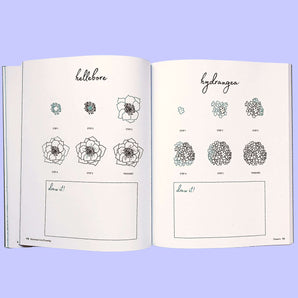
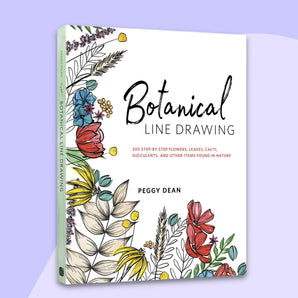


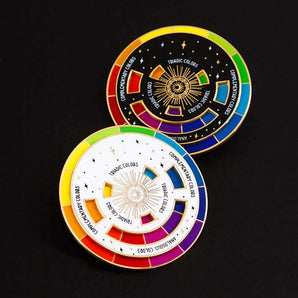
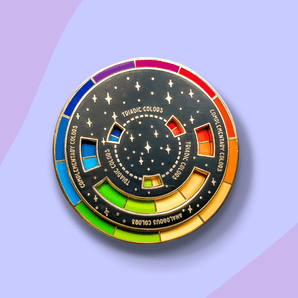


What an interesting story! The fact that Mary always wore blue shows how art affects everyone. I equate (Mary’s) blue with peace, calm, and happiness. Who else but a mother could provide that feeling?!! Had red been that rare color, I wonder if I’d feel that way about it? Thanks for sharing such an intriguing and thought provoking history of color!